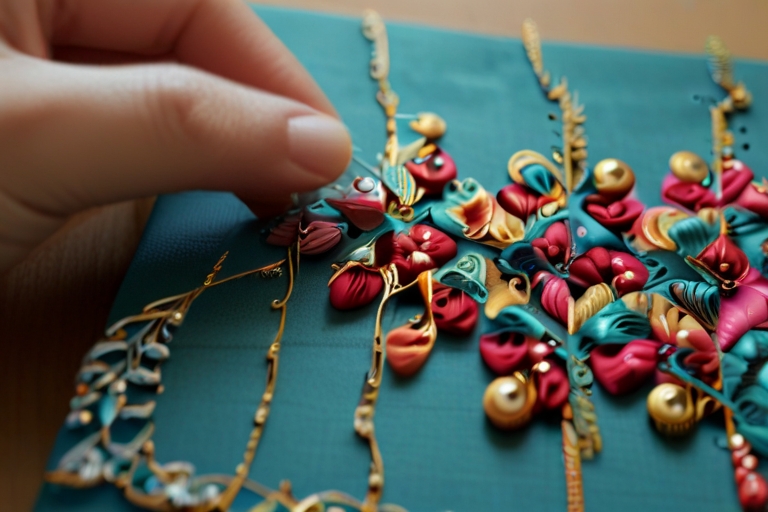
Embarking on your sewing journey can be both exciting and overwhelming, especially if you’re new to the craft. Understanding the essential tools and mastering fundamental techniques are key to building a strong foundation and gaining confidence in your sewing skills. In this article, we’ll provide a comprehensive guide for beginners, outlining the essential tools you’ll need and introducing basic sewing techniques to help you get started on your sewing adventures.
1. Essential Sewing Tools: Before diving into your first sewing project, it’s essential to have the right tools at your disposal. Here are some must-have items for every beginner sewist:
- Sewing Machine: Invest in a quality sewing machine that suits your budget and skill level. Look for user-friendly features like adjustable stitch length and width, automatic threading, and a variety of built-in stitches.
- Fabric Scissors: A sharp pair of fabric scissors is essential for cutting fabric accurately and cleanly. Reserve them exclusively for fabric to prevent dulling.
- Seam Ripper: Mistakes happen, and a seam ripper is your best friend for undoing stitches quickly and easily.
- Pins and Needles: Stock up on straight pins and hand sewing needles in various sizes for pinning fabric and hand sewing.
- Measuring Tools: A tape measure, ruler, and seam gauge are essential for taking accurate measurements and marking fabric.
- Thread: Choose high-quality thread in a variety of colors to match your fabric and sewing projects.
2. Basic Sewing Techniques: Now that you have your tools ready, it’s time to learn some basic sewing techniques:
- Threading the Machine: Start by learning how to thread your sewing machine correctly, including winding the bobbin and threading the needle.
- Straight Stitch: Practice sewing straight lines with a basic straight stitch, adjusting the stitch length as needed for different fabrics and projects.
- Backstitching: Master the backstitch technique for securing seams at the beginning and end of your stitching lines.
- Seam Allowance: Learn to sew with the correct seam allowance (usually ⅜ to ⅝ inch), which ensures proper construction and fit.
- Pressing: Get into the habit of pressing your seams with an iron as you sew to achieve crisp, professional-looking results.
- Finishing Seams: Explore different seam finishing techniques, such as zigzag stitching, serging, or using pinking shears, to prevent fraying and add durability to your projects.
By familiarizing yourself with essential sewing tools and mastering basic techniques, you’ll be well on your way to becoming a confident and skilled sewist. Remember to practice regularly, start with simple projects, and don’t be afraid to make mistakes – they’re all part of the learning process. With patience, persistence, and a passion for creativity, you’ll soon be sewing with confidence and creating beautiful handmade garments and accessories. So gather your tools, thread your machine, and let the sewing adventures begin!



